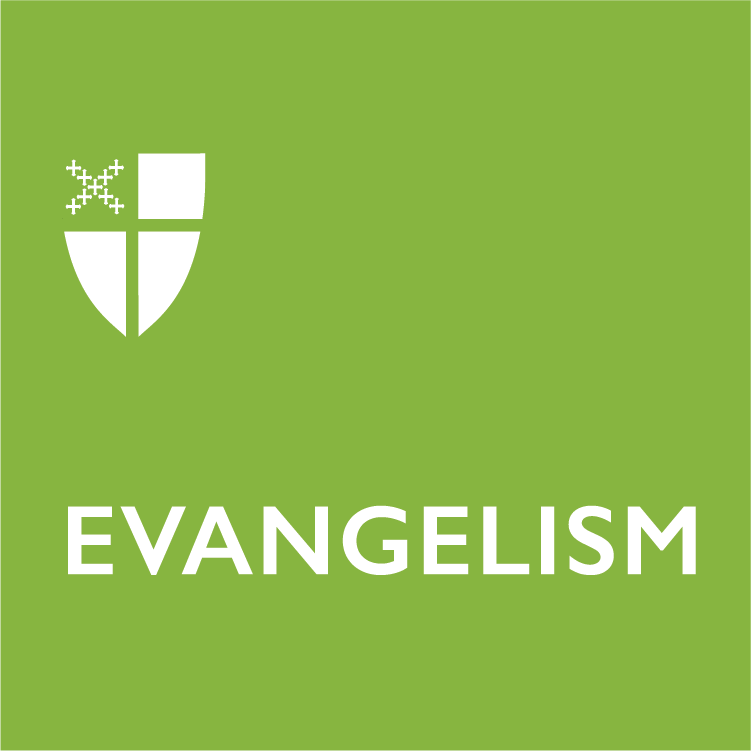Have you heard about the Episcopal Asset Map? It’s a joint project of The Episcopal Church and Episcopal Relief & Development. We recognize that the individuals, churches, and institutions of the Episcopal Church represent an abundance of gifts and this platform looks to highlight and connect these stories into one searchable site. The value of the map depends on the ongoing participation and interest of individuals, congregations and diocesan coordinators around the country. Without local participation, the map would remain a set of empty pins, a tapestry with all warp and no weft.
While there are many reasons to get involved with the Map, one of the most helpful aspects is that it can be used to connect with folks across the Church around ministry plans, best practices, congregational trends, and more. Are you interested in which churches in your region offer food pantries? Looking for an Anglo-Catholic congregation? Wanting to find a list of all the Campus Ministries? All of that is possible in a way it has never been before. Here’s the most important part, though: YOU are empowered to tell the story, no matter if you’ve been Episcopalian for 5 minutes or a century. When you take part of the survey and submit it, a Diocesan Map Administrator, appointed by your bishop, will receive a notification and be able to approve it, making your edits live on the site.
In this brief guide, you’ll learn how to share more about the education ministries your congregation, ministry, or school offers.
- First, navigate to www.episcopalassetmap.org. You’ll see a sea of blue pins, marking all of the churches, schools, and other ministries that are somehow related to the Episcopal Church. Click on the red heading that says, “Church-Wide Map”.
- Using the “Proximity Search” below the map, search for the location of your pin– for example, “10 miles from Rochester, MN” or “4 miles from Albuquerque, NM”. Click “Update Map” and find the blue pin on your map.
- In the resulting pop-up, click the name of the pin; this will take you to the individual page where you can tell the wider Church about your ministries.
- Parts of your page may have been filled out once already– that’s alright! The Episcopal Asset Map is a living platform, and things often change. Conversely, it may also be mostly blank– that’s alright, too!
- Click the red “Suggest Edits” button to look at the survey.
- Feel free to fill out, supplement, or correct what you’d like on the survey, and then point yourself toward the heading that says, “Organized Groups”. Here, you can check boxes for any of the ministries available at your congregation or school: do you have a Bible study or group for college students? How about an organized Education for Ministry program or preschool? Do you run a Sunday School?
- Scroll down to the heading, “Property Assets”. These list “assets” that your building, if you use one, may have– and the information is particularly useful in case of disaster. If you have any of these, check the corresponding box. Does your Sunday School have dedicated classrooms?
- Finally, and perhaps most importantly, scroll down until you see a long list made up of “Ministry 1,” “Ministry 2,” “Ministry 3,” and so on. Find the first open box, write a descriptive heading under “Name of Ministry,” such as “Backpack Blessings,” “Sunday School,” “Adult Education Series,” or whatever an individual ministry is called. In the “Description of Ministry” field below, write away! You can provide as much or as little information as you’d like– but the more information you can give, the better, since the whole site is word-searchable. While you’re here, think about other ministries you or another parishioner might want to share about in the future. Remember, don’t add a person’s personal contact information unless you have their explicit permission.
- When you’re done, list your name under “Last Updated by,” which will help the Diocesan Map Administrator know that the information is from a reliable source. Fill out the Captcha, click “Save,” and you’re done!
For questions or more information about the Episcopal Asset Map, please contact Christopher Sikkema at Christopher Sikkema.
